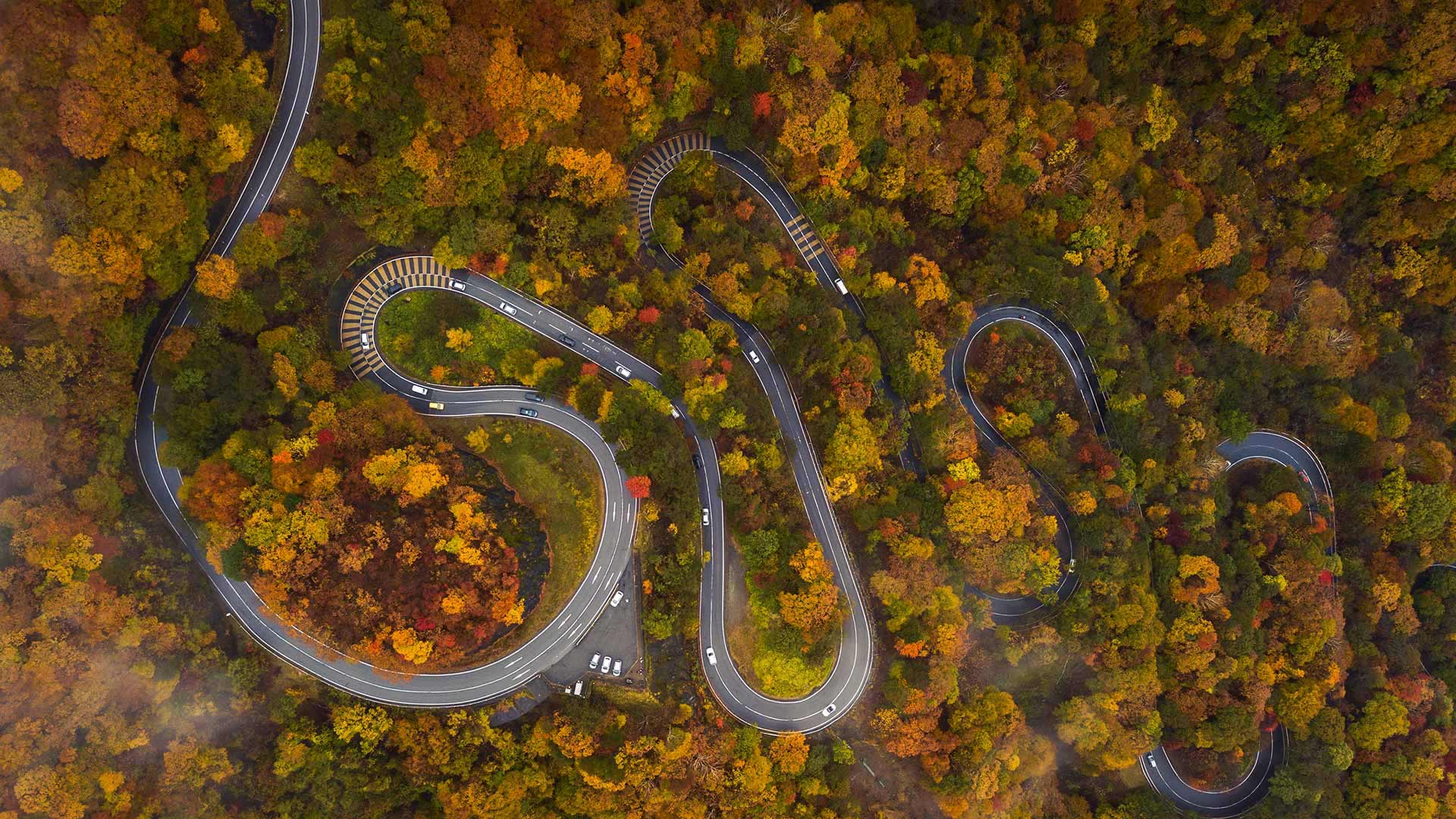Google Earth is a powerful tool for environmental education and conservation efforts. This interactive mapping platform allows users to explore the world in incredible detail, from the depths of the oceans to the tops of mountains. With its vast collection of satellite imagery, aerial photography, and 3D models, Google Earth provides a unique and engaging way to learn about the natural world and the issues that affect it.
One of the key benefits of Google Earth for environmental education is its ability to bring the world to life in a way that traditional maps and textbooks cannot. By using the platform, students can virtually visit ecosystems and habitats all over the world, gaining a deeper understanding of their complexities and the various species that call them home. This immersive experience can help students develop a greater appreciation for the environment and the need for its protection.
In addition to its educational benefits, Google Earth also serves as a valuable tool for conservation efforts. Conservation organizations and researchers can use the platform to monitor and study ecosystems, track changes in land use, and identify areas of high biodiversity. By analyzing the data and imagery provided by Google Earth, conservationists can make more informed decisions about how to best protect and manage these important natural areas.
Furthermore, Google Earth has been instrumental in raising awareness about environmental issues and promoting sustainable practices. By using the platform to create and share interactive maps and stories, organizations and individuals can highlight the impact of human activities on the environment, such as deforestation, habitat loss, and climate change. This helps to engage the public in conservation efforts and inspire action to protect the planet.
Google Earth has also been used to support community-based conservation initiatives by providing a platform for local stakeholders to share their knowledge and perspectives. By using the platform to map and document their traditional territories, cultural sites, and natural resources, indigenous communities can assert their rights, preserve their heritage, and participate in the management of their lands.
Overall, Google Earth is a valuable tool for environmental education and conservation efforts. Its ability to provide a window into the natural world and facilitate the sharing of information and ideas has made it an indispensable resource for those working to protect the planet. As technology continues to advance, it is likely that Google Earth will play an increasingly important role in our efforts to understand and safeguard the environment for future generations.
Google Earth: A Tool for Environmental Education and Conservation Efforts




